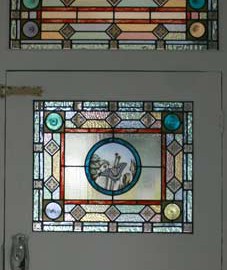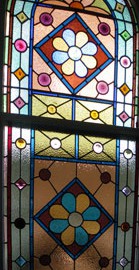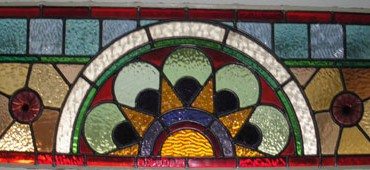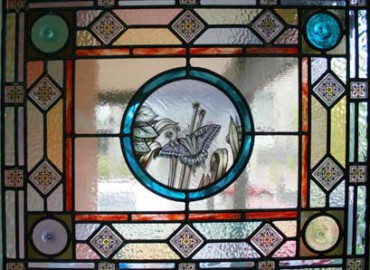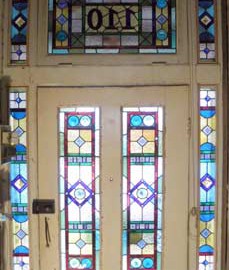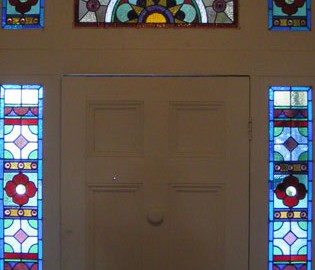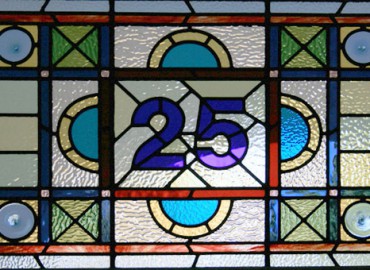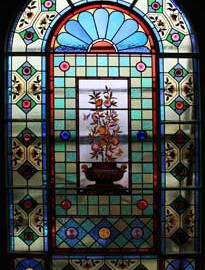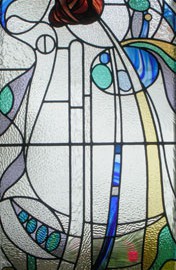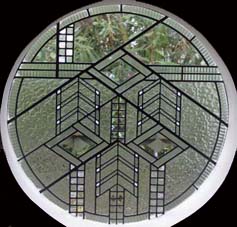Victorian Leadlights
The Victorian period named after Queen Victoria in Australian was around (1890-1915). The period can be broken into three main periods, Early, Middle and Late
![Victorian-House1[1]](http://lead-lights.com.au/wp-content/uploads/2015/04/Victorian-House11.jpg)
- Symmetrical layout
- Centrally located front door
- High roofs
- Corrugated iron
The Early Style- Characteristics
- Cast iron lace work
- Colonial style floor plan
- Central hallway
- Weatherboard & larger homes red brick
- Bull nose veranda
The Middle Style – Characteristics
- Was the most decorative with style some time called the “Bloom Style”
- Timber fret work
- Cast iron lace work
- Tilled verandas
Late Victorian Style- Characteristics
Classic Victorian Lead lights were generally symmetrical consisting of geometric shapes with an array of rich and bold colours. Many traditional lead light windows consist of jewels, roundels, hand painted centres and/or a botanical motif. In many Victorian houses, lead light windows could be found in almost any location including front door surround, stairwell, fanlights, double hung sashes, feature windows, fanlights and sashes.




